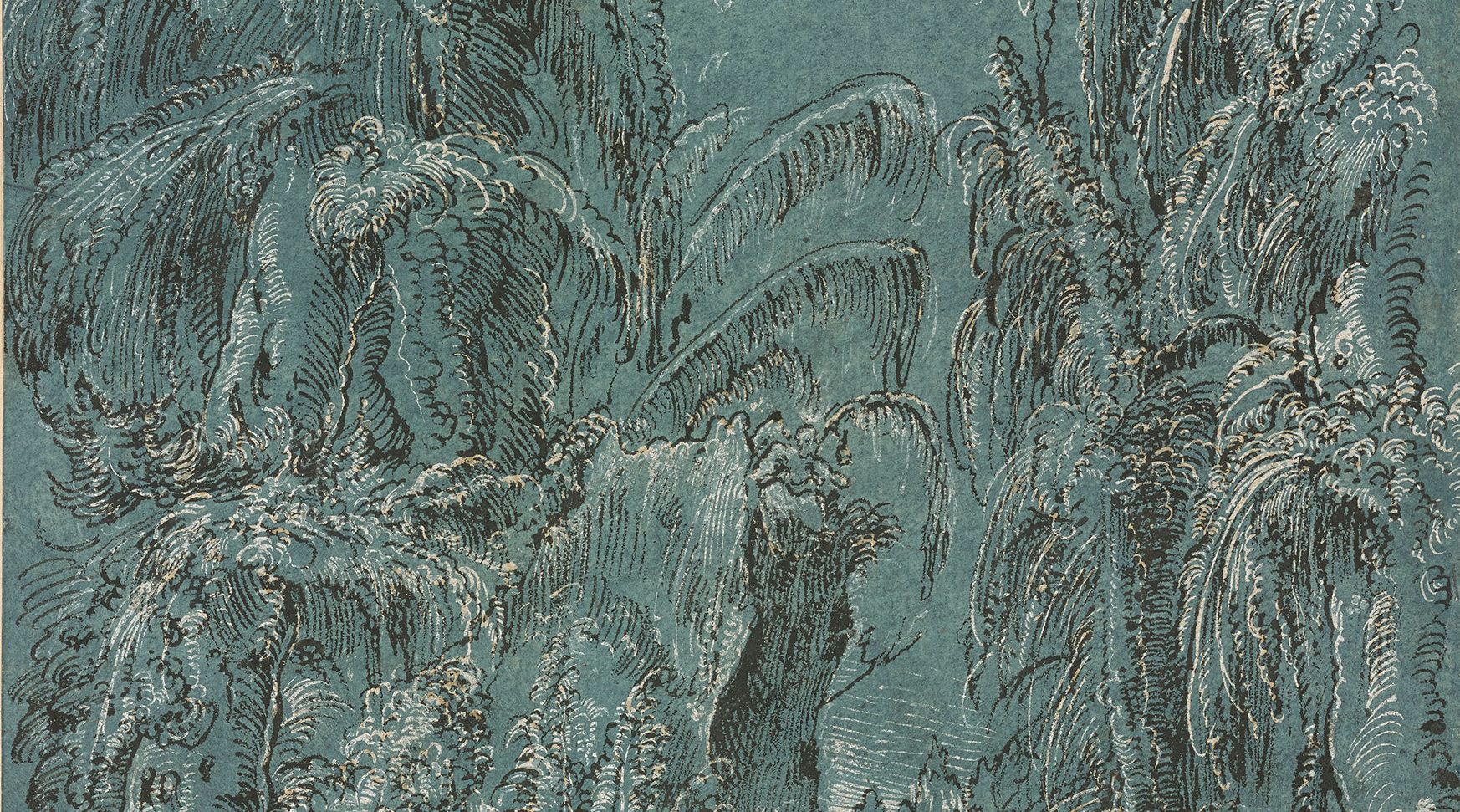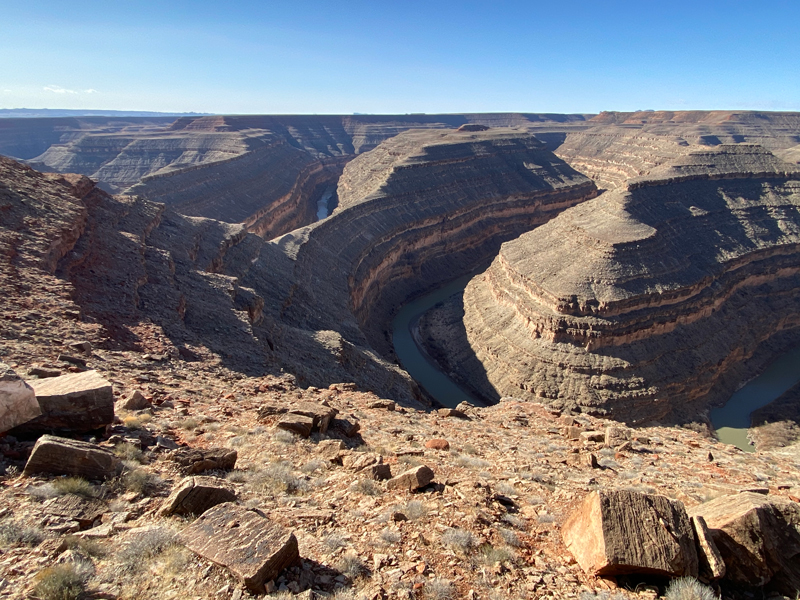Notes
A rotating selection of quotes, photos, articles, links and thoughts

Section of the drawing The Agony in the Garden by Albrecht Altdorfer done approximately
1480-1538. Pen and black ink, with white opaque watercolor, on cream paper prepared with a blue ground. The yellowing of the white opaque watercolor is the part I’m attracted to, as well as the faded neutral ground. A lot of what I like about old drawings, is the effect of time on the materials.

︎ Canyonlands National Park, Utah

︎ A short interview I did with Manuela Gonzalez for The Coastal Post

︎ Goosenecks State Park, Utah
Breccia
A term most often used for rock or rock debris made up of many angular fragments bound together. Fault the seismic slip below the brittle–plastic crackle snap transition forms. Collapse Breccia. Flow Breccia. Glacial Breccia. Volcanic slip. Crackle Breccia. Party Breccia. Brecciation of transitional meandering chunk stuff.
Time
David Berman interviewed by Steven Hyden
I guess when I was younger I always wondered, why do they always suck after 30? After 40? I don’t know if I know the answer, but I know the solution, which is just you have to put in a lot more time.
Almost any average teenager can rhyme better than me. Just on the spot. It’s just because hip-hop is so full of rhyme. Their minds have been trained on it. They’re really good at it. My solution is take a long, long time. On this record, I think that the only way I was able to come close to working at the level that I did when I was younger was by putting 10 times the time into it.
From: True to Life: Twenty-Five Years of Conversations with David Hockney
"Soon cubism arises and, in this context, can be seen as an ongoing critique of monocular photography and, by extension, I suppose, of the entire lens based tradition that preceded it. Painting would now endeavor to capture all the things a photograph or a single-lensed vantage could not: for example, time, duration, multiple vantages, the sense of subjectively lived reality. As the years passed, that rupture between painting and lens-based opticality widened, though at first, I'm convinced, it was a choice."
But with current rocket propulsion technology, it would take tens or hundreds of millennia to reach our neighboring star system, Alpha Centauri. The stars, it seems, have set strict bounds on human destiny. Until now.
Sand is a primary ingredient used in concrete.
From 2011 to 2013, China used more cement than the United States used in the entire 20th century. According to the United Nations Environment Program, in 2012 alone the world used enough concrete to build a wall 89 feet high and 89 feet wide around the Equator.

Ancient Martian Highlands - 2012, ink on paper, 2012
Panspermia︎︎ Microscopic life-forms can survive the effects of space and can be spread throughout the universe in a bunch of differnt ways, such as planet collisions and crazy space stuff.
From: Seeing Is Forgetting the Name of the Thing One Sees: A Life of Contemporary Artist Robert Irwin
"Another word Irwin uses in this context is inquiry. All these researchers in their own ways are engaged in the process of inquiry, and the most salient feature of inquiry is its open-endedness. It is pursued for no reason whatsoever; it is the project of the passionately curious. The wilderness is stalked by explorers without maps and without any particular goals: their principal compass is their reason.
One morning our conversation drifted into the area of teaching. "To me teaching is a really interesting activity," Irwin ventured, "and it's also one of the most precarious activities in the world, because it's such a huge responsibility." Perhaps Irwin has been so successful as a teacher because he invests his teaching with the same blend of responsive openness and earnest seriousness with which he animates his art. "One of the first things I learned about teaching is that you have to respond to each student individually," he continued. "You don't start with any idea of what they should be doing, who they're supposed to be, or what their performance level is, and you don't compare them to one another. You simply start with each one of them 1 to 1.
Finally, however, the real questions Irwin was trying to engender in his students were located less in the past than in themselves. 'At the time my ideal of teaching has been td argue with people on behalf of the idea that they are responsible for their own activittes, that they are really, in a sense, the question, that ultimately they are what it is they have to contribute. The most critical part of that is for them to begin developing the ability to assign their own tasks and make their own crit-icism in dir,ect relation to their own needs and not in light of some-abstract criteria. Because once you learn how to make your own assignments-instead of relying on someone else, then you have learned the only thing you-really need to get out of school, that is, you've learned how to learn. You've become your own teacher."